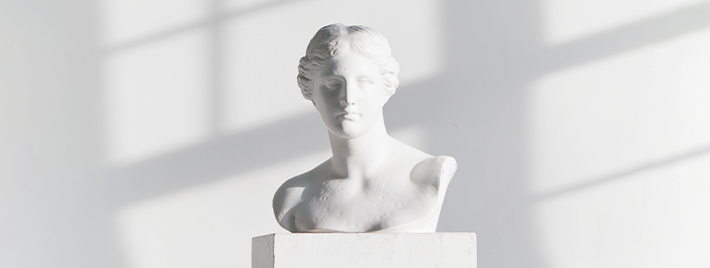Post Date: 8/17/2022

Before talking about piezo rhinoplasty, it is useful to take a look at the history of rhinoplasty. This branch, which dates back to Ancient Egypt, made progress in the United States by Dr. John Orlando Roe, who moved into modern practice. The foundations of modern rhinoplasty surgery were laid by him.
The rhinoplasty procedure has become more complicated over time, just like other aesthetic operations. Improvements were also made on issues such as nose diversity according to ethnicity, nose structure and function, and social and psychological dimensions of the operation.
The motivation for patients in rhinoplasty is that they have a large nose compared to their facial features and their dissatisfaction with this situation. A hooknose or wide nasal bones can be reduced after operations on cartilage and bone.
In the procedures applied to reduce the nose, some surgical instruments such as rasp and hammer are generally used. The piezo method, on the other hand, shows its difference at this point. Piezoelectricity, to explain simply, is the change of the electrical potential of the material after the mechanical pressure is applied to some materials such as crystal and bone.
The first works began in the middle of the 18th century in this field. The word "Piezo" is derived from Greek and its etymological equivalent can be defined as “compress or pressure”.
Piezoelectric bone surgery was first used clinically in 1988. The patent for the treatment is held by Fernando Bianchetti, Domenico Vercellotti and Tomaso Vercellotti. Although it is mainly used in orthodontics and craniofacial surgery, it is also preferred in oral, maxillofacial, and spinal procedures.
Piezo rhinoplasty, also known as ultrasonic rhinoplasty, aims to reshape the nasal bones with the help of ultrasonic oscillations. The existence of the method means a revolution in the field of rhinoplasty. In 2004, it was introduced to the world through Massimo Robiony.
With the help of piezoelectric and piezo rhinoplasty, a significant acceleration is observed in the recovery times of the patients. In addition, it also has a more comfortable healing phase compared to traditional treatment. Since there is no damage to soft tissues, skin, and mucous membranes, surgeons can apply the treatment quite safely.
If you consider having rhinoplasty surgery, contact us right away to get a free consultancy service from Prof. Dr. Selçuk İnanlı.